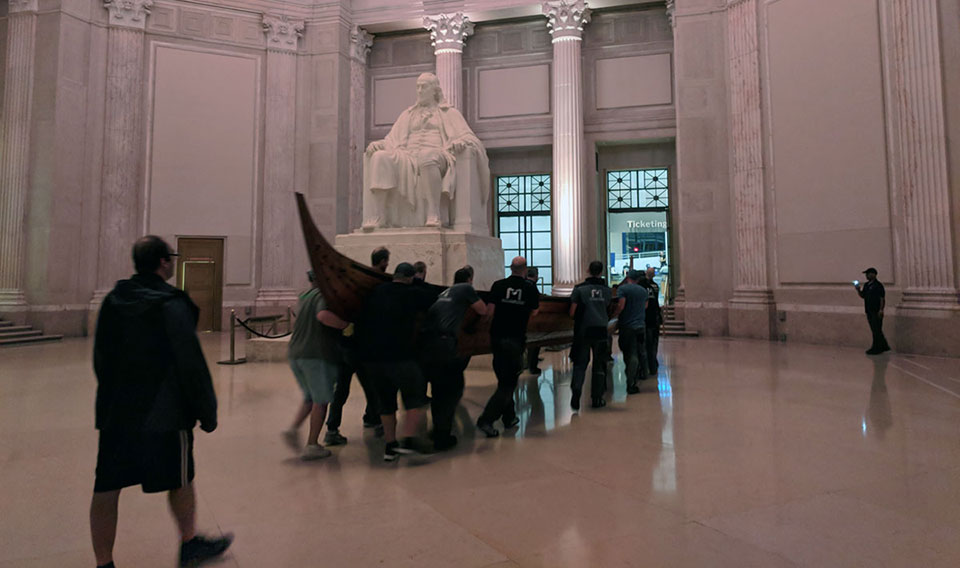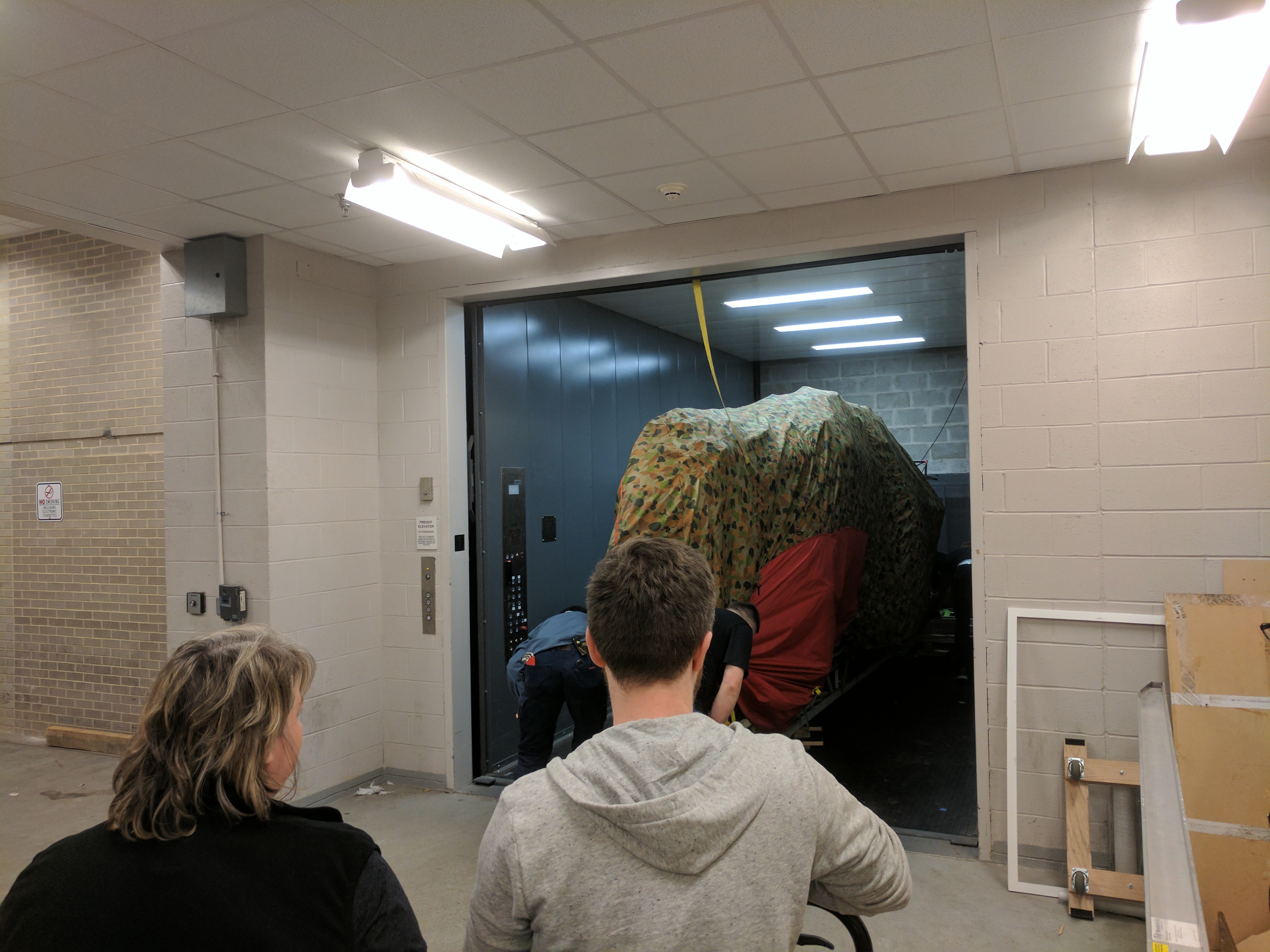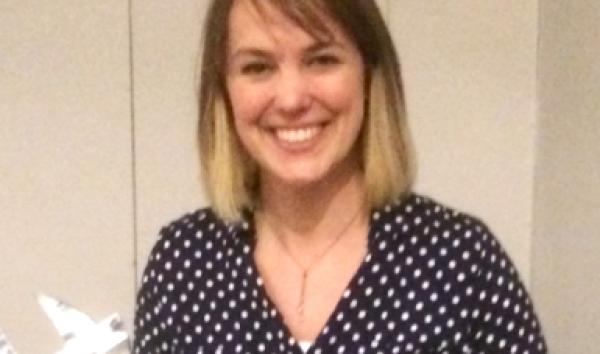
Date:
I often get the impression people think traveling exhibits just appear, or are as simple to set up as an inflatable bouncy castle. “Are you building Marvel?” someone asked me the day after Vikings closed. “Not yet, we have to get rid of Vikings first!”

In reality, an exhibit takes months to plan, and weeks to build. The process begins at least a year in advance when the executives from the museum and from the exhibit producing company agree on booking dates and begin contract negotiations. As an operations team, we review the contract to make sure we can provide all of the basic room requirements to transform our two 9,000 square foot exhibit halls to the finished exhibit visitors experience.
Then, during the build, we work as the liaisons between the traveling crew and the house crew, making sure that the build stays on schedule and on budget, and ensuring that everyone has what they need to reach those goals (this often includes a LOT of problem solving and creative thinking. For example, Vikings had a whole 32’ boat that couldn’t fit in the exhibit hall – so we hung it from the ceiling in the Atrium!)
Every traveling exhibit comes with a new crew to get to know, a different way of operating, and a new set of challenges to overcome to get to the end goal of a beautiful, finished and functional exhibit. It is 5 weeks of total insanity from exhibit close to exhibit open two times a year, but it is also one of the coolest things we do, and I am proud to be a part of it!


